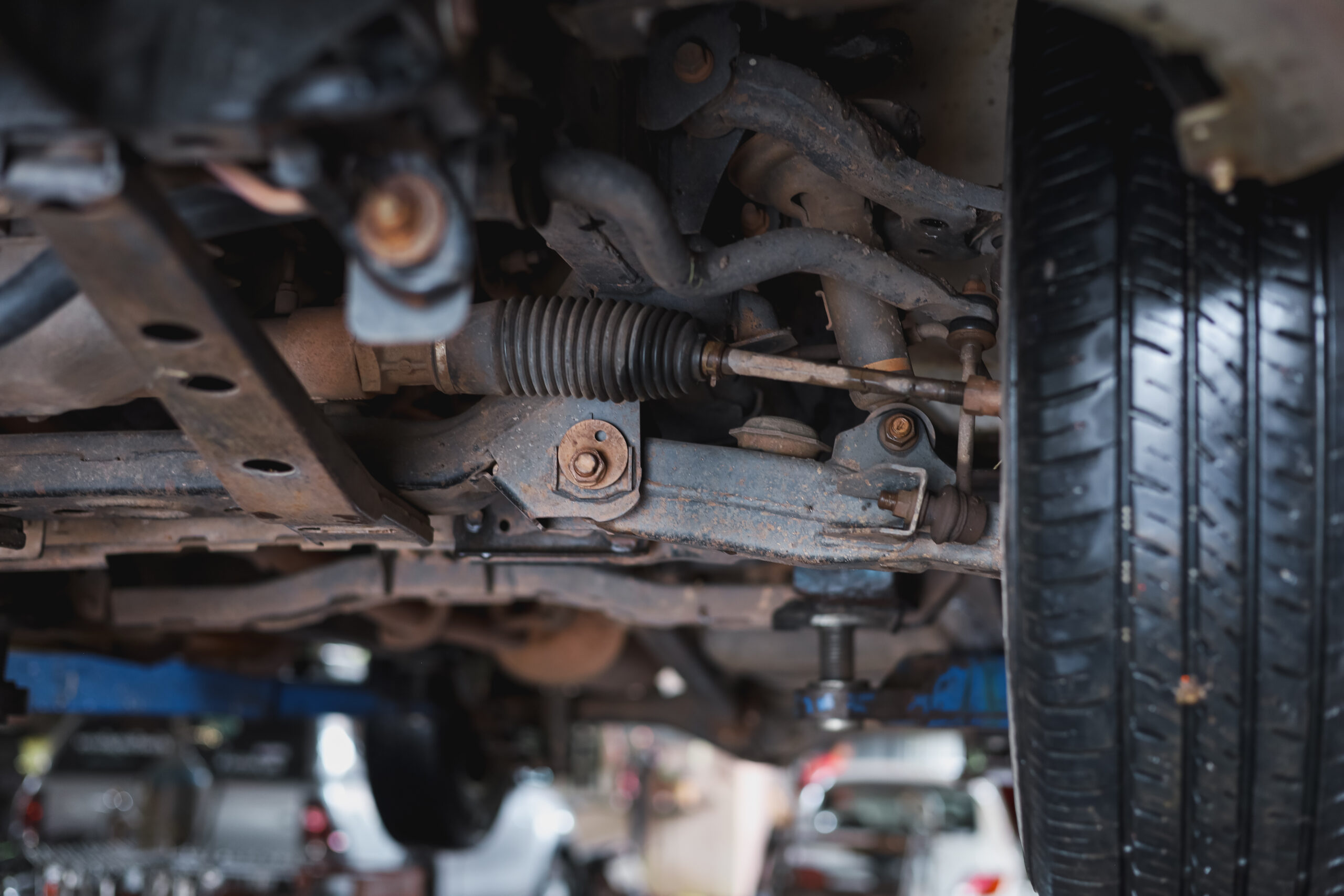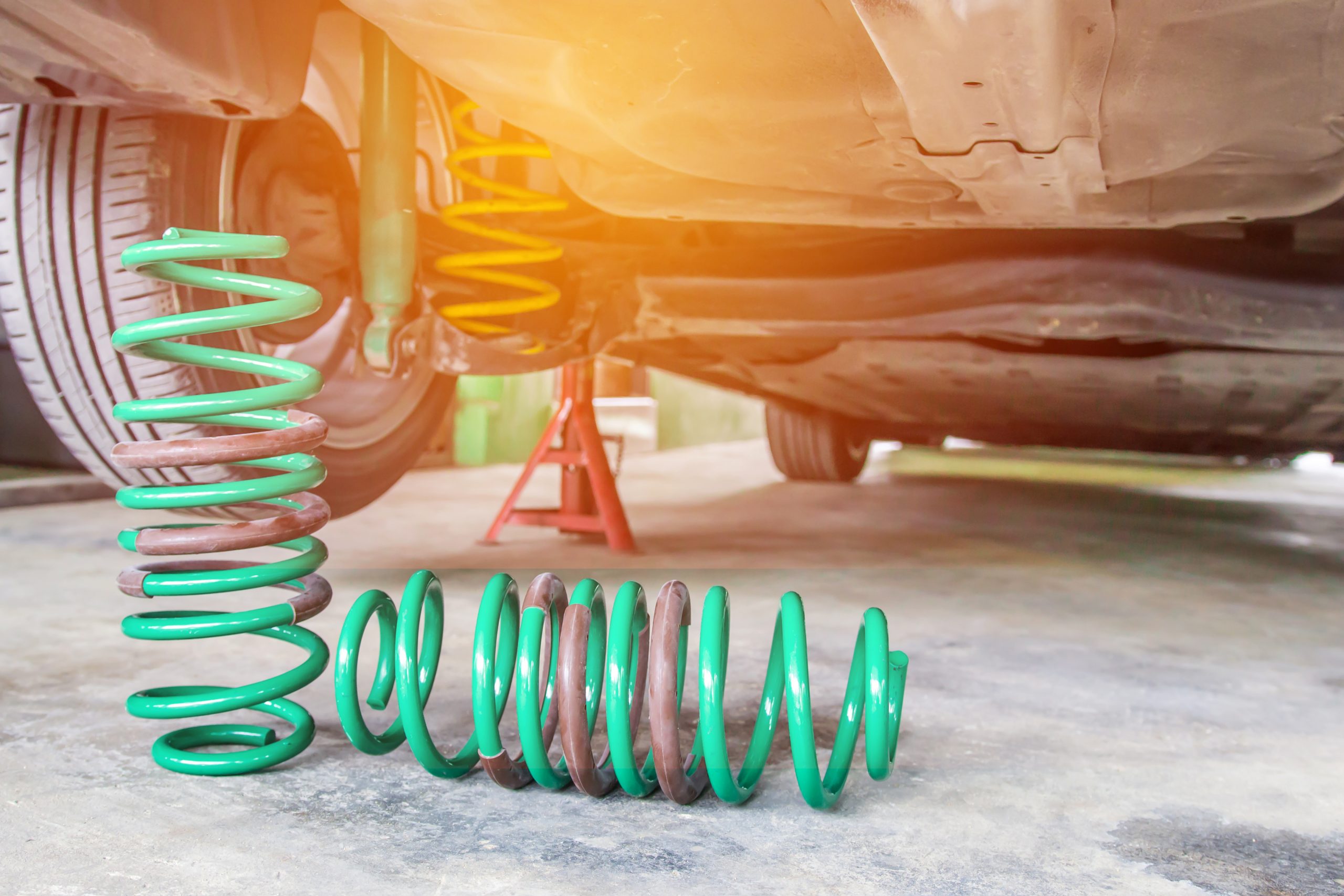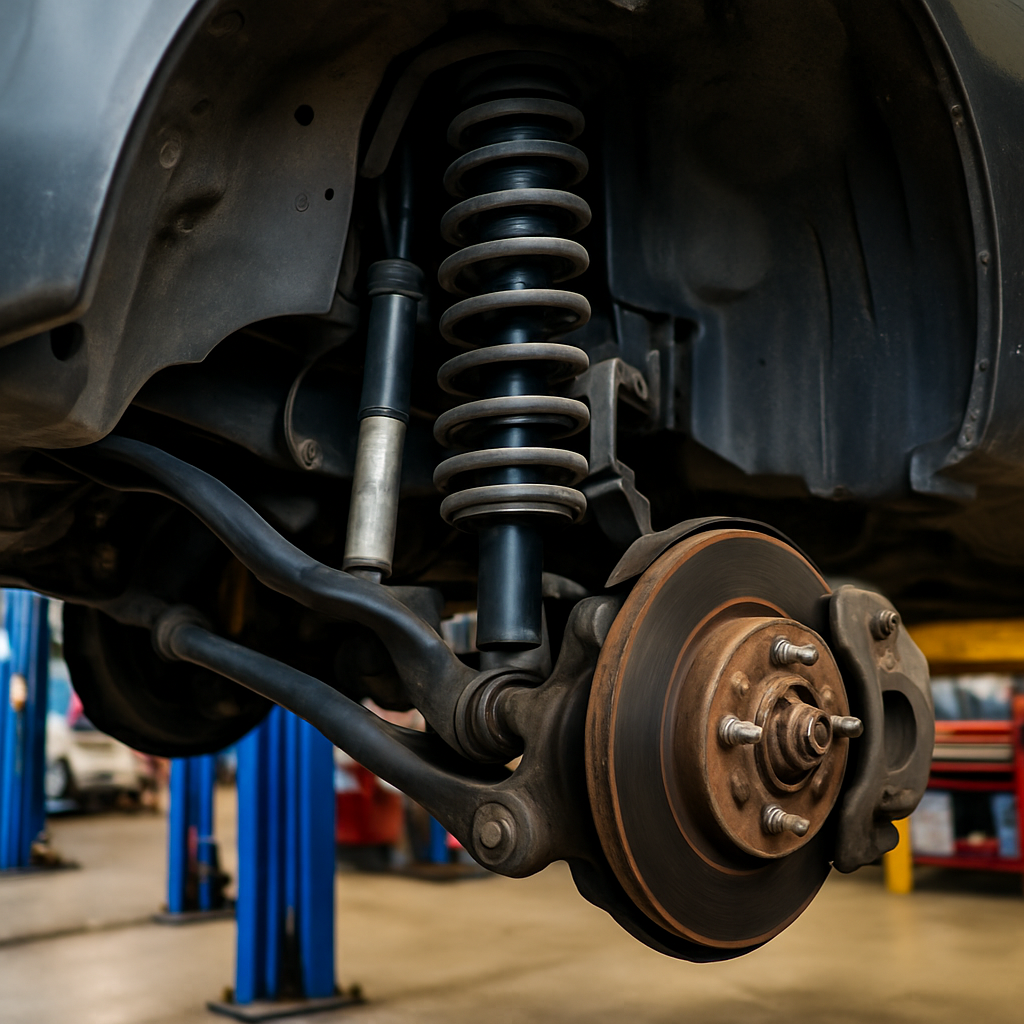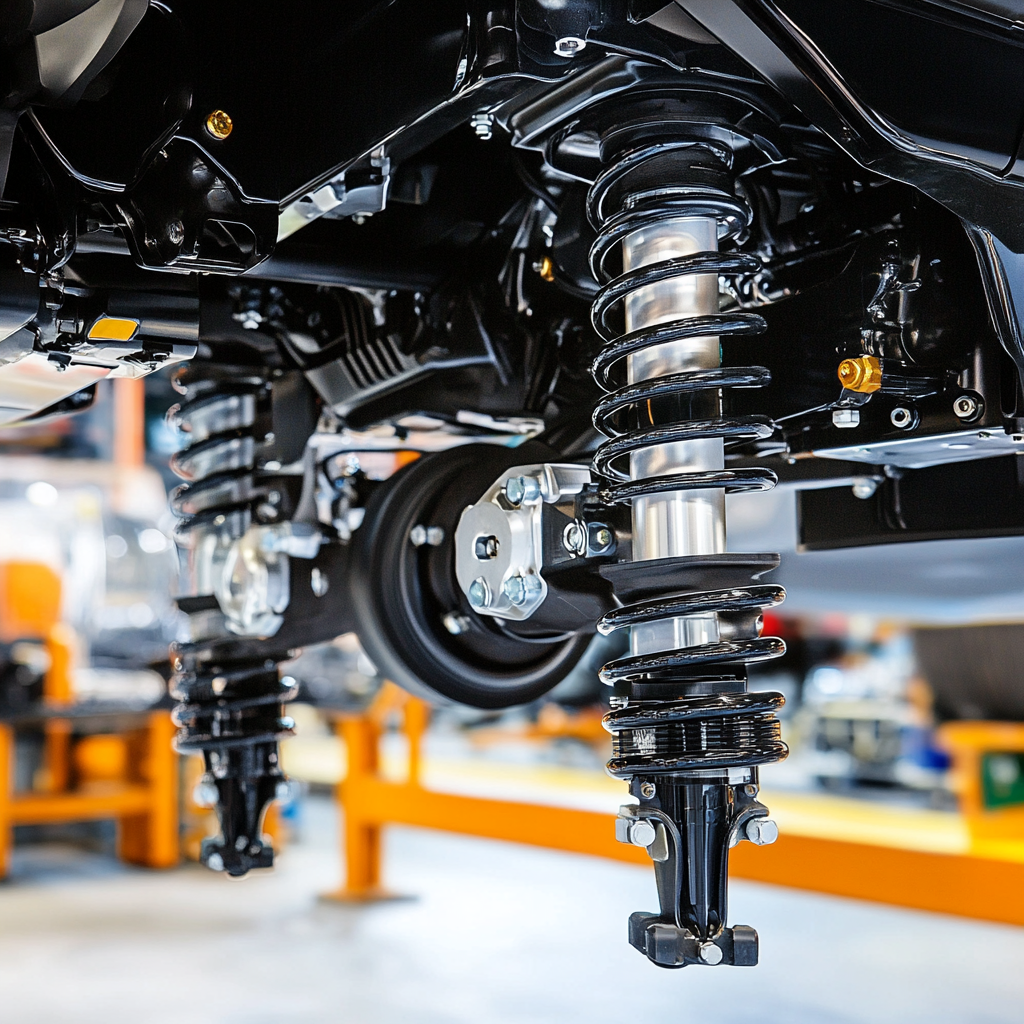A car’s suspension system ensures a smooth and controlled ride, making it a critical aspect of vehicle safety and performance. At Schafer’s Auto Center, many drivers might not fully know how these systems function or what parts are involved. In this article, our Philadelphia, PA auto repair shop will delve into the basics of car suspension systems, shedding light on their components and importance. Stay with us as we unravel the key elements to help you understand how they work together to stabilize and comfort your vehicle.
What Is a Suspension System?
At its core, a car suspension system is designed to maximize the friction between the tires and the road surface, ensuring steering stability and providing comfort to the passengers. It comprises tires, tire air, springs, shock absorbers, and linkages. Together, these components absorb and dampen the impact of various road conditions, from potholes to speed bumps. The primary goal is to balance ride quality and vehicle handling optimally. Without a well-functioning suspension system, even the smoothest roads would feel uneven, making the driving experience uncomfortable and potentially unsafe. Understanding this balance is critical to maintaining your vehicle’s performance and longevity.
Critical Components of a Suspension System
Several critical components within a suspension system play a significant role in its overall function. The springs, which come in various forms, such as coil and leaf springs, are responsible for absorbing the energy from road impacts. Shock absorbers or dampers control the rate at which the springs compress and rebound, preventing excessive bouncing. Control arms and bushings connect the suspension to the vehicle’s frame, allowing for controlled movement. Sway bars, also known as anti-roll bars, reduce body roll during cornering. Each of these parts must work in harmony to ensure the system effectively manages the forces encountered on the road.
Signs of Suspension System Issues
Identifying problems with your car’s suspension early can prevent more serious issues and costly repairs. Common signs of something wrong include a rough ride, where every bump feels harsh, and the car sways or leans excessively during turns. Uneven tire wear, which can indicate poor alignment or worn suspension components, is another red flag. If you notice the car pulling to one side or experiencing difficulty steering, these could also be symptoms of suspension problems. Paying attention to these signs and seeking professional inspection and maintenance can keep your vehicle running smoothly and safely.
Understanding the basics of car suspension systems can significantly enhance your ability to maintain a safe and smooth driving experience. A well-functioning suspension system ensures comfort and plays a vital role in your vehicle’s overall safety and performance. If you suspect any issues with your suspension or want to ensure everything is in top shape, our Schafer’s Auto Center team is here to help. Trust our experts to provide the necessary care and attention your car deserves. Contact us today and ensure your vehicle’s suspension system performs at its best for a safer driving experience. If you’re seeking reliable expertise, remember our Philadelphia, PA auto repair shop is just a call away!




